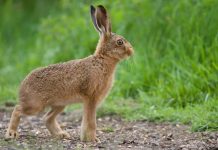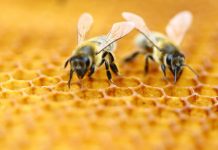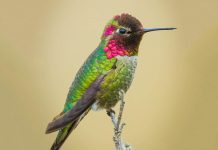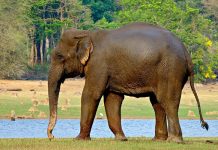Earwigs are known to be one of the smallest insects, belonging to insect order - Dermaptera. They are found in total 2,000 species and in total 12 families. The insect has sharp pincers on its abdomen and large wings that typically remain folded against its body. It is assumed that earwigs are capable to fly but they do not.
Earwig Facts and Information
- Female earwigs are known to lay up to 80 small eggs, hatched in span of several weeks
- Female earwigs are very much protective of their young ones, frequently watching over them till they have attained their second moult. Earwigs usually moult for 5 times during the course of their lifetime
- The insects are categorized among the rare non-social insect species which show maternal care
- They are mostly scavengers; however, few are predatory or omnivorous
- Their abdomen is very flexible and muscular. It is accomplished of manoeuvring along with closing and opening the forceps. It is known that the forceps are utilized for a range of purposes. In certain species, the forceps are found to be useful for grabbing prey, as well as it is helpful in copulation.
- Their tweezer-like appendages may appear scary, the insects are usually safe to people. Only risk in respect to this insect is the potential attack of flowers, crops, or other plants or plantings.
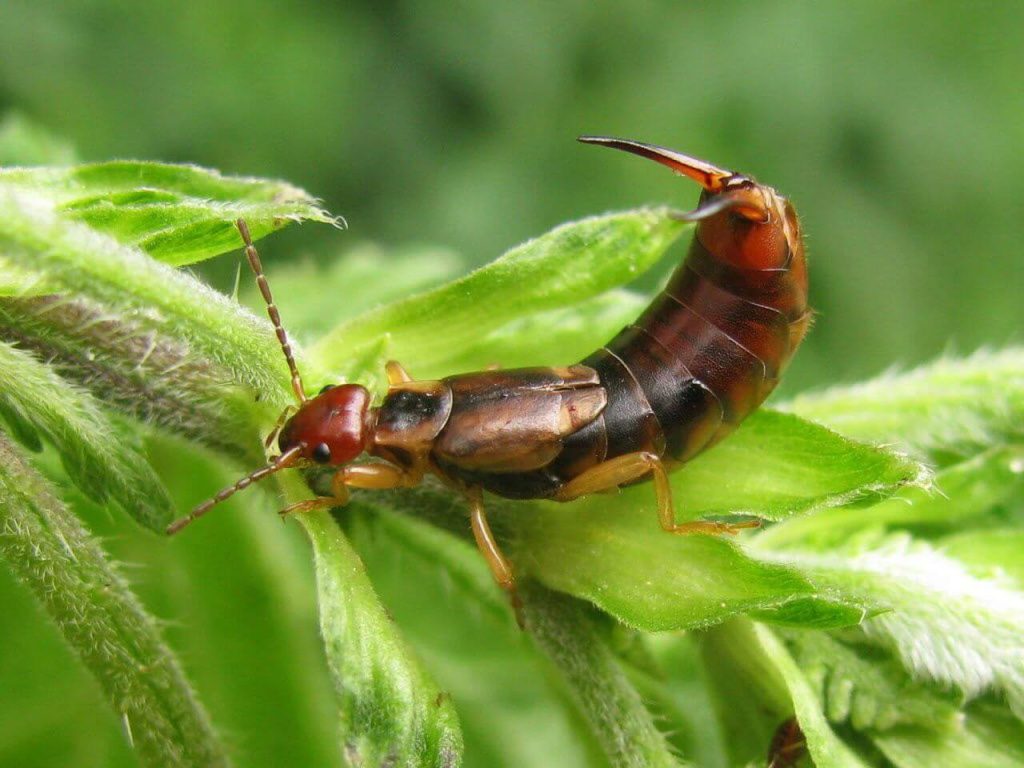
Also read:
Diet
The earwig is basically an omnivorous kind of insect which mean that they eat almost anything found. They spend majority of their time feeding on an extensive range of other insects as well as flowers, leaves and fruits.
Habitat
Earwigs can be easily found within the fields, forests, backyards, gardens, and homes. The insects can easily approach inside the buildings via the holes made in the walls and they occupy bathrooms, kitchens, basements, and garages. They are too seen on the agricultural fields as well as orchards wherein they make slight harm to the crops and fruits.
Behaviour
Majority of earwigs are nocturnal and they dwell in tiny crevices, rendering minor quantity of debris, in different forms like bark as well as fallen logs. Its species have been known to be blind and residing in caves. They behave calmly and live silently but do not sit silent when other insect attacks them.
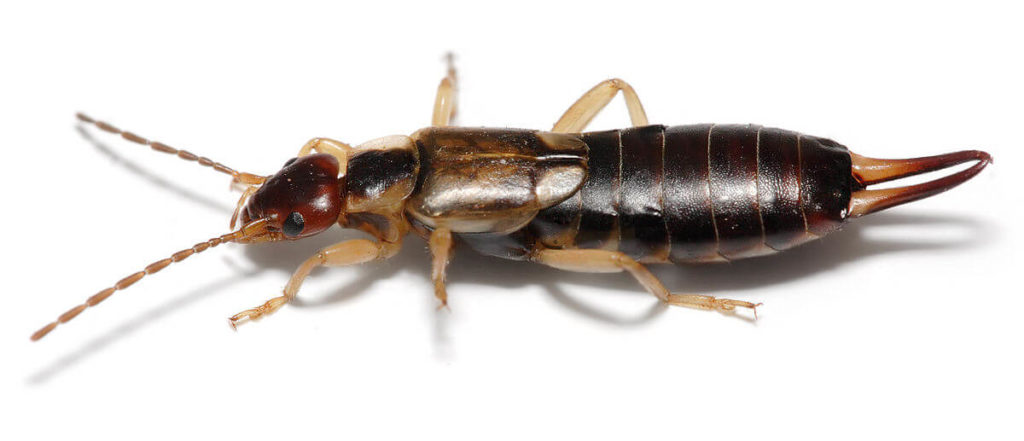
Lifestyle
The insects are more close to nature because they spend most of the time living inside their nest around flowers, trees or bush. Hence, they own natural lifestyle. They prefer to sit besides other similar insects.
Lifecycle
Earwigs generally live for about a year from the time they hatch. They begin mating during the autumn season, and they can be found collectively during the winter and autumn. It is known that the female and male will reside in a chamber of debris, clefts, or soil at the depth of 2.5 centimetres.
Predators
Because of their tiny size, the insects have lots of natural predators, wherever they dwell across the world. Amphibians like newts, frogs, and toads are considered as its common predators. Other predators include birds, and big insects like beetles.
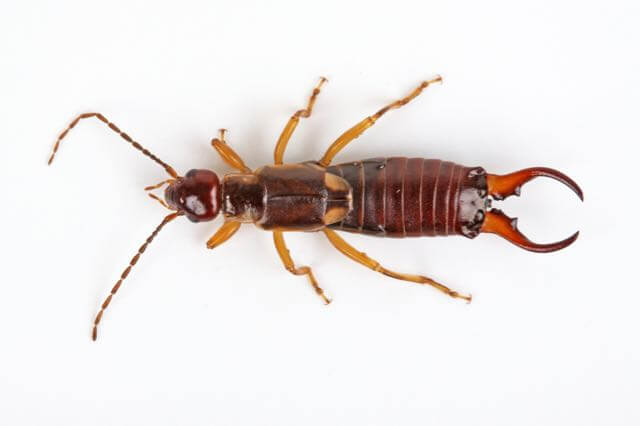
Breeding
Similar to many insects, the insect earwigs are very active during the warm season, and during this time, their breeding takes place. The male and female looks almost similar; however, males can be differentiated by their puffy pincers.
Once they are mated, the female insect lays eggs in a small space either subversive or inside hollows in forest. It is known that the mother insect will stay with the young for certain time post they hatch as their babies are delicate.
Appearance
Discussing their appearance, Earwigs are seen in brown, black, tan, reddish, or yellow in color. Moreover, they can typically range from a quarter inch to more than 1 inch in length. Their body is elongated, flat and divided into three different sections, and also has wings. It is known that adult earwigs possess pincers capable to capture prey. The insect has a pair of antennae located on its head.
Besides, they are made up of 10 or higher segments. The insect too own pair of pincers situated on the rear side of the body that allows easy capturing of the prey and work as a weapon for protection against predators. These pincers are aligned straight in females, but curved in males.
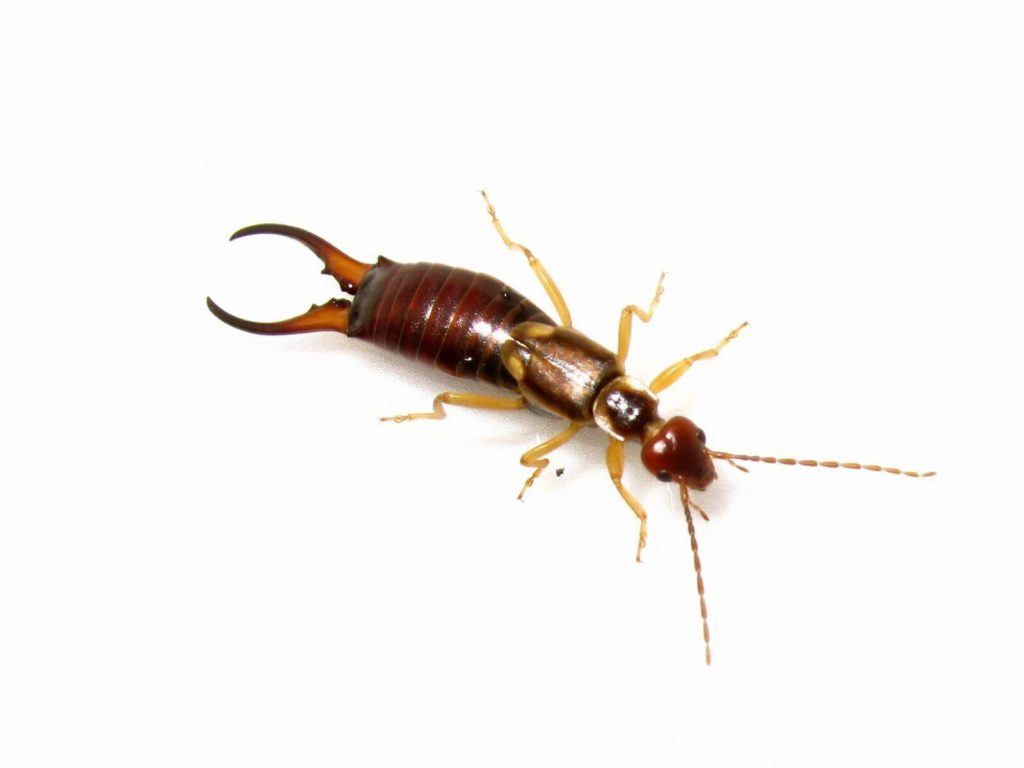
Life Span
Earwigs are capable to survive up to one year in the wild, so their typical lifecycle is 1 year.
Health Issues
There have been minimal health issues found till now in this insect, except the infection in their pincers and head.
Grooming
To take care at the best, you can keep the insect in an empty salted nuts jar. You can even use smaller equipment as compared to that, or you can also use some aquarium sizes containers. You need to provide them some inches of humid substrate within the container for proper grooming care. Later, provide them certain pieces of bark or similar things to hide under. In case you are finding some problems with mould below their hides, introduce few isopods.
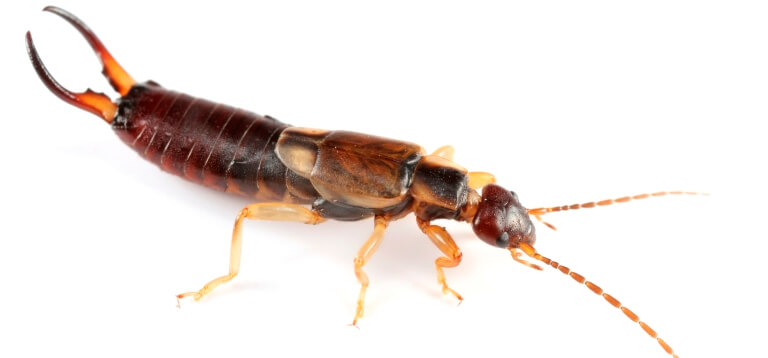
Shedding
As the insect grows, they shed its shell, because the shell is actually not adequately flexible to grow by itself. When the shell is shed, the subsequent instar is soft bodied and generally looks whitish till the shell begins to solidify into a darker, durable and sturdier shell. It is known that the procedure of hardening and, lastly, darkening in majority of cases is termed as sclerotization, and, because the shell gets hardened, it is termed as sclerotized.
Also read:
Earwig Characteristics
- Earwigs are basically nocturnal animals, typically hide inside tiny, and moist place during the daytime, and they are active at night.
- Harm created to flowers, foliage and different crops are usually blamed on these insects; however, they also consume certain other insects and harm them.
- They can be easily characterized by pointed pincers on its stomach area and massive wings that is hidden most of the time.
- The insects are harmless for the human beings. Also, they do not transmit diseases and they do not instil painful sting.



